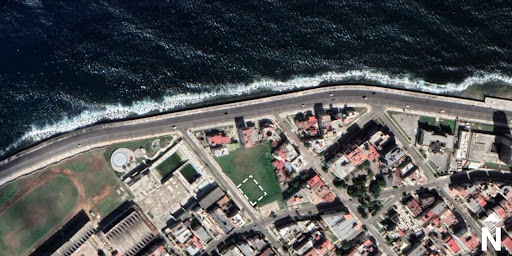
Description
Overview

PREMISE
A cold treat on a hot summer day or late-night cravings on busy days, ice cream has always cheered up hearts. The credit for these few minutes of pure joy goes to the ancient icy drinks.
From Alexander the Great enjoying ice with flavoured honey and wine to the Romans having it with fruit toppings, ice treats have always been there. The origins of ice cream are often debated but historians trace it back to 1686 France. The Café Procope, which revolutionized ice-cream making by adding salt to it. It was the first cafe that offered an ice cream in small porcelain bowls but catering only to the elite
With the introduction of ice houses in the 18th century, mass production of ice cream cut the product’s cost and made it affordable to all classes. Simultaneously, ice-cream parlours started popping up in Europe and America introducing herbal ice-cream floats and icy drinks. Since then, the establishment has given pleasure to great leaders and the common man alike.

BELONGING
Cultures around the world have defined their ways of having these treats. Be it Japanese mochi, Italian gelato, or Indian Kulfi, ice-cream stalls and parlours act as a point of gathering even in the most remote places.
They have been associated with spots of happiness, laughter, and breaks; break from work, emotions, or life. From teenage dates to family Sunday treats, they usually have been mediums to delightful memories. Even today ice-cream parlours have a societal impact in being communal and at the same time as personal spaces of pleasure.
The new trends in the evolution of ice-cream flavours and the methods of serving them have changed parlour experiences. Now it accommodates variety and still serves every generation from different backgrounds under one roof. The ice cream served may differ from place to place, but the sense of belonging to the product itself transcends emotions and cultural differences.

BRIEF
An ice-cream parlour has the same impact on people it has been having for years. It gives a platform for the community to gather and enjoy their favourite flavour. It is the happiest place in any part of the world which also reflects the culture of the region effortlessly.
Though because of mass productions, spaces that create it are becoming important and there is a decline in places that sell it. How can design make the parlours that defined our childhoods relevant again?
Brief: How can an authentic ice cream experience be created for a local ice-cream parlour in a region driven context. The aim is to help with the micro-planning of spaces & services, translating the emotions of ice cream into furniture and finishes. It seeks to explore an ice-cream parlour that matches today’s trends and also takes inspiration from its region's history.
How will the ever-changing yet universal power of ice cream translate into a parlour in today’s context?

CUBA
When an authoritarian leader obsesses over a particular food, it changes how a country views it for generations.
The story of ice cream in Cuba started with Fidel Castro’s obsession with it. So much so that, CIA attempted to poison his milkshake, and that was the closest they ever came in so many of Castro’s assassinations.
For Castro, ice cream and dairy were a passion. He imported high-breed cows to ensure excellent dairy products for the country. During food scarcity also ice-cream remained the top priority for the Cubans.
His largest contribution to Cuba in terms of ice cream would be a 1,000-seater ice-cream parlour that still serves limited, but best flavours of ice cream in Havana.
SITE
Location: Havana, Cuba
Area: 1000 sq.m
Height Restriction: 9 metres
Maximum Built Up Area: 500 sq.m
Ground Coverage: 30%
Setbacks (as per CAD plan)
Coordinates: 23°08'42.9"N 82°23'28.3"W
Havana is the prime location of Cuba and serves as the capital of ice cream, Since Fidel Castro’s ice-cream parlour in Havana, for the growing entrepreneur class and the tourism sector, privatized ice cream shops are a hit. The selected site is on a multifunctional street and can add more identity to the region through participants' conceptions/design ideas.
OBJECTIVES
Interior: Furniture, colour palette, flooring, finishes, and lighting.
Planning: Micro-planning.
Function: Apart from the primary function, incorporate spaces for the community.
The following objectives can be a point of beginning to conceive the ice-parlor. Participants are free to experiment with typology.

